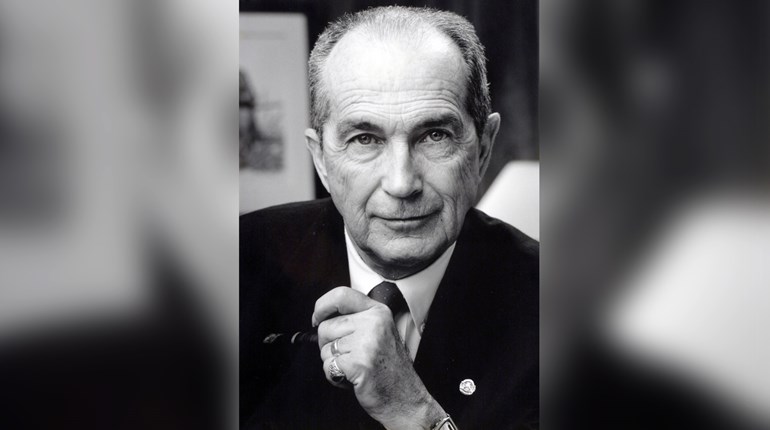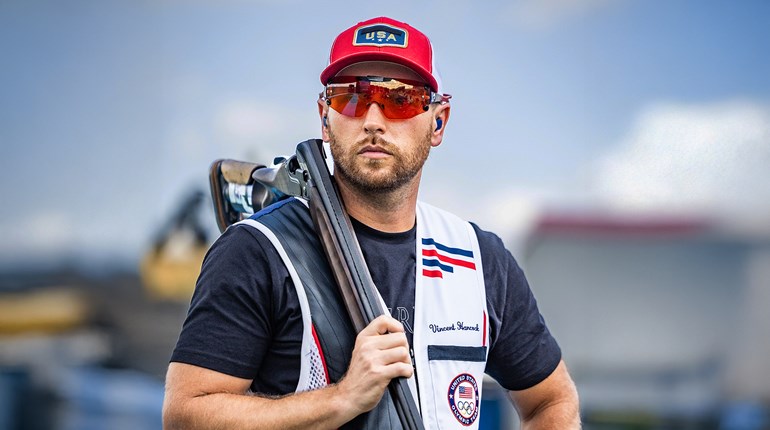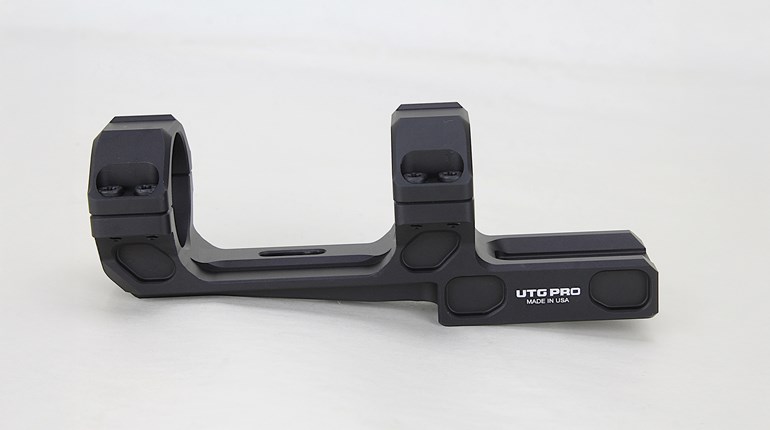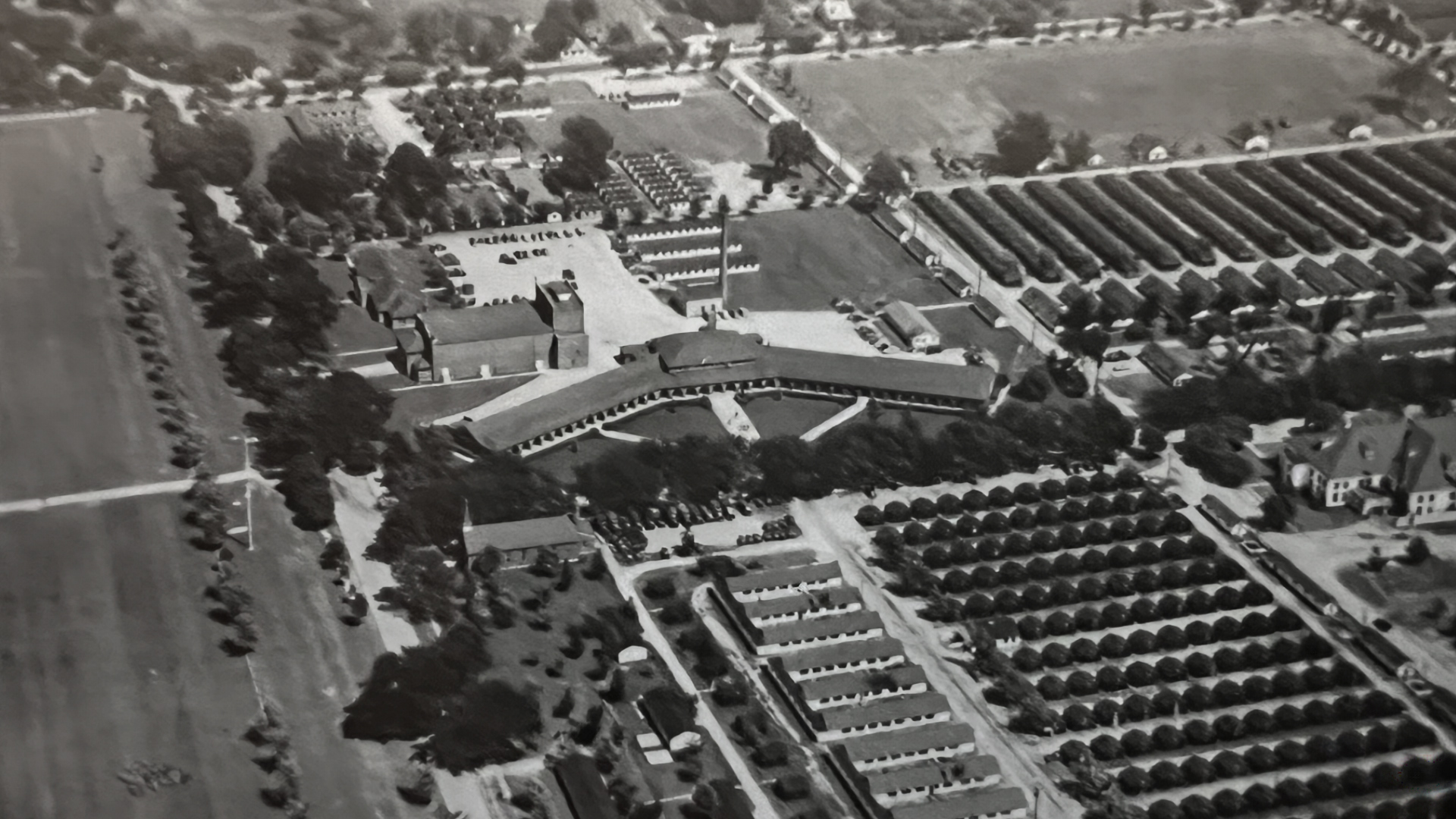
“The committee is at a loss to understand the position of the executive branch. especially in failing to provide adequate facilities for the national competition. This is particularly true in view of the substantial cooperative action taken by the State of Ohio to share the cost of rehabilitating Camp Perry.”
—Senate Directive, 86th Congress, Report No. 1550, June 1960
The steady increase of National Match competitors continued in 1960 as more than 5,900 shooters streamed through the gates of Camp Perry. One concern shared by match organizers and some federal officials, however, was whether the funding and facilities were adequate enough to keep pace with the growth.
The 1960 Appropriation Bill that affected National Match operations was signed by President Dwight D. Eisenhower and provided just more than half a million dollars of federal assistance to the National Board. The bill authorized the Secretary of Defense to issue National Match ammunition and continue the military travel stipend with a portion of the roughly $200,000 increase over the prior year’s appropriation designated for civilian team travel to the matches and partial rehabilitation of Camp Perry.
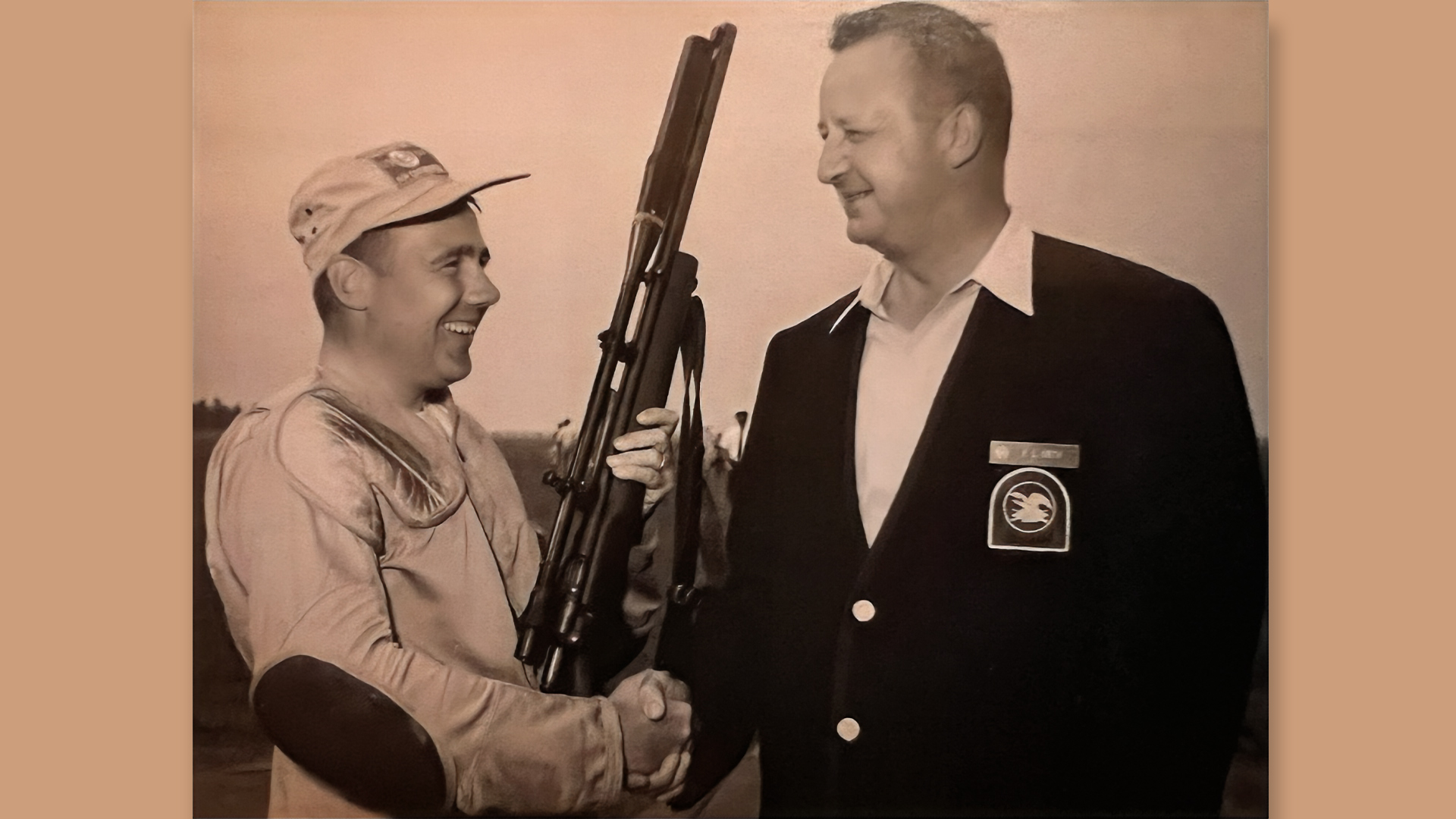
With the realization that still more was needed to secure long-term operations, funding was sought in 1960 to establish a 25-year lease agreement whereby Camp Perry would become the permanent National Match site at a cost of $150,000 a year for the first four years and $50,000 a year thereafter with the State of Ohio in charge of rehabilitation and maintenance. Support for the initiative came from the same Senate committee directive that challenged the Budget Bureau’s recommended National Board appropriation amount for this year:
“Obviously, the $300,000 … cannot provide adequately for the continued expansion of this worthwhile defense program … the committee directs the Department of the Army to study the entire program of the promotion of rifle practice with a view to further recognizing and emphasizing marksmanship programs among qualified citizens and military personnel and to report to the committee the results of the study by January 15, 1961.”
The resultant study found that the National Board was a liability in terms of training promotion since it was considered solely an agency within the Department of the Army and not an agency charged with more widespread responsibilities. The National Matches themselves, however, received positive reviews as all statements in the report relevant to the program supported its purpose and continuance.
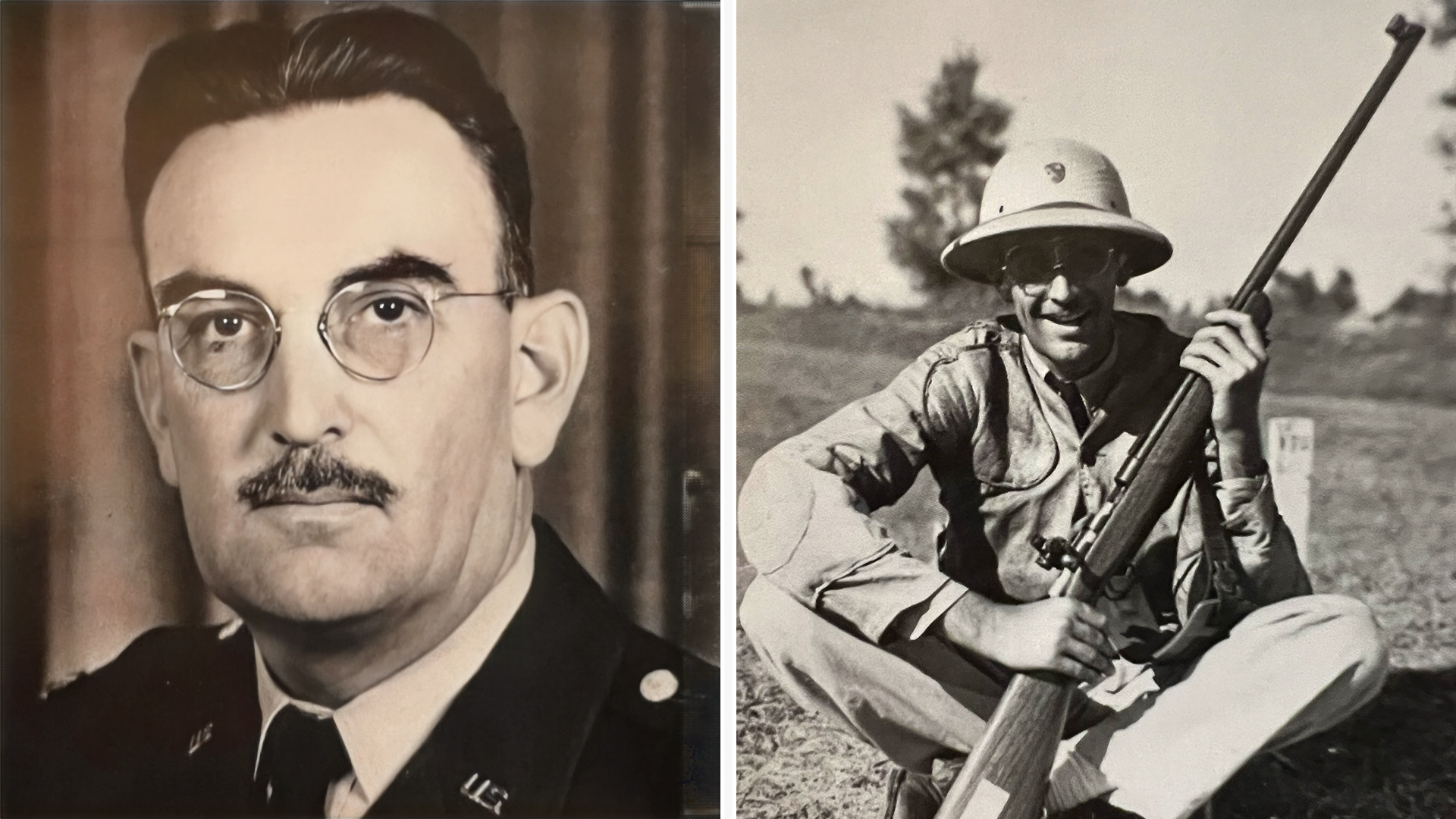
As National Match participation levels repeatedly reached new highs, entry limits were again imposed in pistol and high power events to adequately provide for the competitors on hand. For example, in a repeat of the 1959 Leech Cup Match conditions, only the first 1,300 entries among those classified as Masters, Experts and Sharpshooters were eligible. Col. Edward “Jim” Crossman served the first of his three consecutive terms as Executive Officer this year—a time when Army shooters were reaping the benefits of its relatively new marksmanship training unit program.
For starters, Army Sgt. 1st Class William Blankenship, Jr., began his unprecedented five-year grip on the national pistol crown—one of the longest handgun title runs in National Match history—with a record 2636-128X, breaking Joe Benner’s previous high of 2629 from 1951. Another record (there were 18 this year) was fired in the National Pistol Individual Match when Army Sgt. 1st Class Andrew Jackson posted a 294-12X, while the National Board team event also went to the Army. In the NRA team events, parity prevailed as the Border Patrol took .22 honors, the Army won center fire and Marines topped the .45 field.
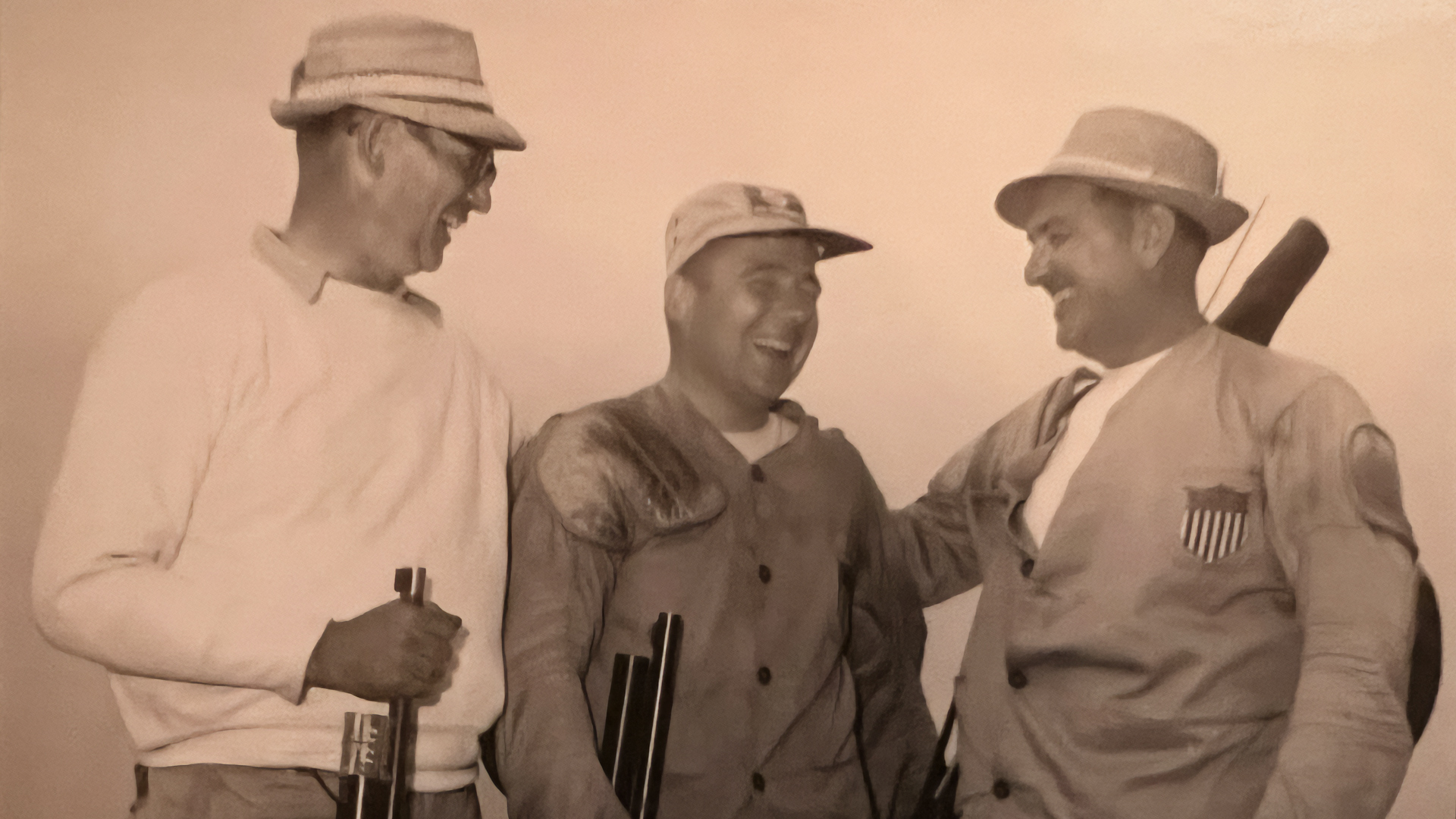
More than 1,000 prone and position entries were tallied upon the arrivals of the smallbore competitors who came this year to vie for ownership of the many historic trophies that were representative of the various championships. Targets had remained the same for many years now and the 6400-point course of fire was five years old. Many older faces from the days of pre-World War II Camp Perry were still on the scene just as a newer generation of shooters began to make its mark. Nowhere was this more apparent than when individual victories during prone metallic sight swung back and forth between young Marine Lt. Frank Briggs and Air Force Reserve Capt. Art Cook. Of the eight matches in the iron sight aggregate, Briggs and Cook took three apiece and it was Cook who earned the Hoppe Trophy for the metallic sight championship.
Youth may have been served during the opening phase, but experience did not stand still when scopes were put on the rifles and the advantage of young eyes was eliminated. Ollie Lauderman and Larry Wilkens, shooters who cut their teeth on the winds at Camp Perry in the 1930s when Cook and Briggs were literally just cutting teeth, each hammered out 400-39Xs in the first any-sight 50-yard match; their X counts and shot placements resulting in an unusual unbreakable tie.
The veteran versus youth battle raged on, and in the end the Western Cartridge Company Trophy for the any sight championship went to Air Force Capt. Donald Lockstrom, who dropped just two points in eight matches. And while Cook did little of note in any sight competition, he protected his lead and produced a 6390-508X for his fourth national smallbore title, surpassing Bill Woodring for all-time wins. (Woodring won three consecutive prone titles from 1936 to 1938, Cook won two prone titles in 1948 and 1960, along with back-to-back position titles in 1957 and 1958.)
It was a family affair in women’s prone as Marianne Driver, mother of women’s metallic sight champion Marianne “Candy” Jensen, took the any sight title. Jensen, 15, also became the youngest to win the junior title, while her sister Lenore successfully defended her national title by winning the Remington Trophy as women’s prone champion. All three shot on the Randle Team and the sisters also earned membership on the Dewar Team, where Lenore’s score of 392 tied Rans Triggs at the top of the leaderboard.
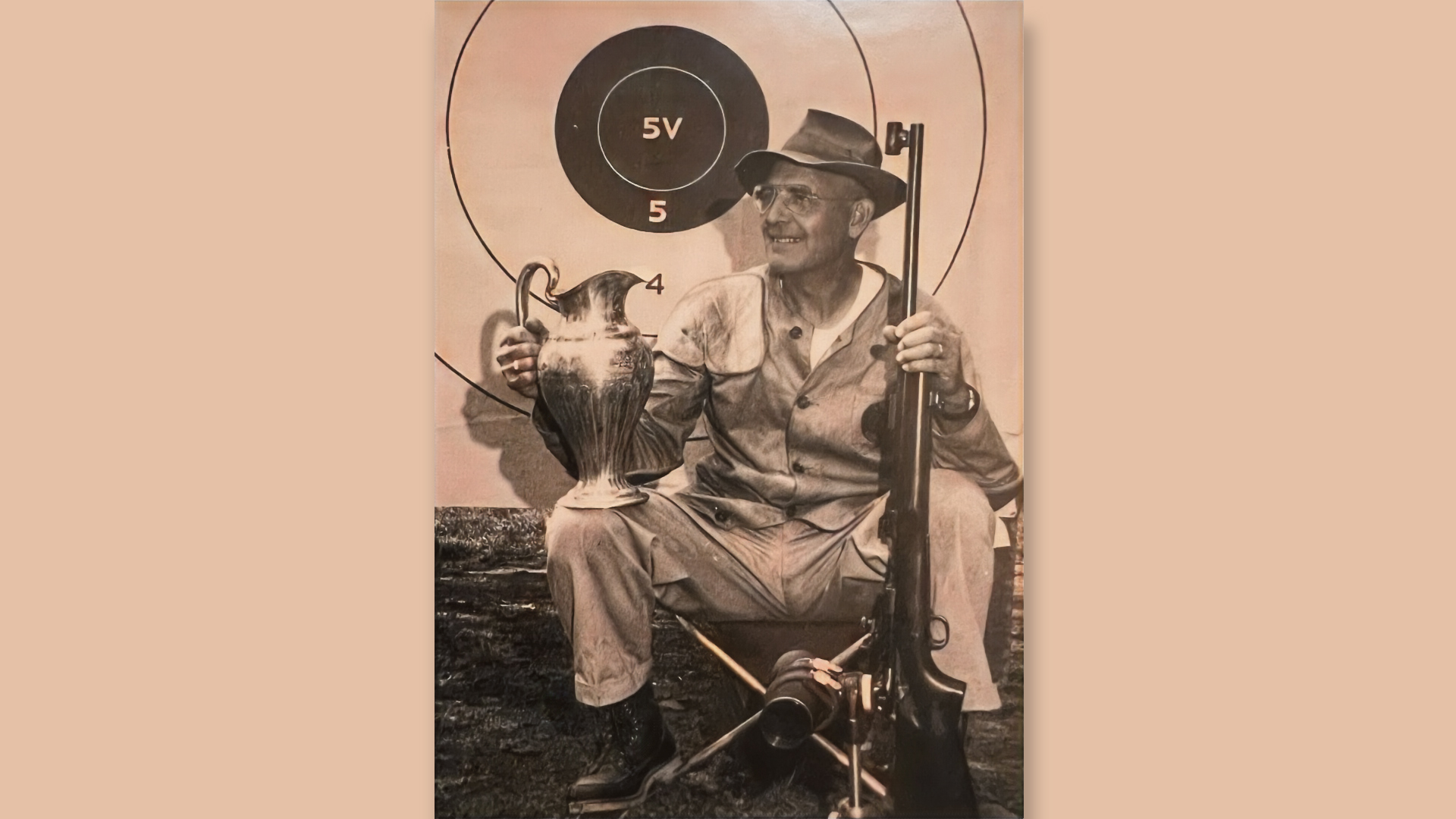
The position matches were pretty much the province of the military teams, which had been coming into their own. The Army, especially, seemed to have a lock on the championship, as three of the four matches were won by the Marksmanship Training Unit’s Lt. Milton Friend and Lt. Tommy Pool, along with Sgt. Charles Davis, the 1959 National Individual Rifle champion. But it was Marine Sgt. Alan Dapp who proved to be the victor, winning the 50-yard any sight match and keeping himself high enough in the standings overall to win the Frank Parsons Trophy. Jilann Brunett picked up her third consecutive women’s title and added the collegiate honor to her expanding list of accomplishments, while Virgil Corbin of El Cerrito, California, finished atop the senior category.
The dominance by the Army the year before in high power not only continued, but escalated as new records were established in all but one team event. Victories in the Herrick, Romanian, Enlisted Men’s, Rumbold, Infantry Trophy and National Team Match, coupled with individual wins in the President’s (Sgt. James Avrit), Wimbledon (Lt. Willis Powell), NRA Championship (SP4 James Lamm) and National Board Match (Pvt. 1st Class Ronald Devies, Jr.) reinforced the supremacy displayed by the Army this year. In fact, with the three National Board rifle wins, the Army completed a sweep of all five National Trophy events, having won both pistol contests earlier in the program. Lamm’s win in the NRA Championship, which this year included the President’s Match for a 130-shot aggregate (650-point possible), was the third time in four years that a service rifle score topped the entire field. His 644-54V was six better than the high bolt score turned in by Dr. Kenneth Erickson of St. Paul, Minnesota.
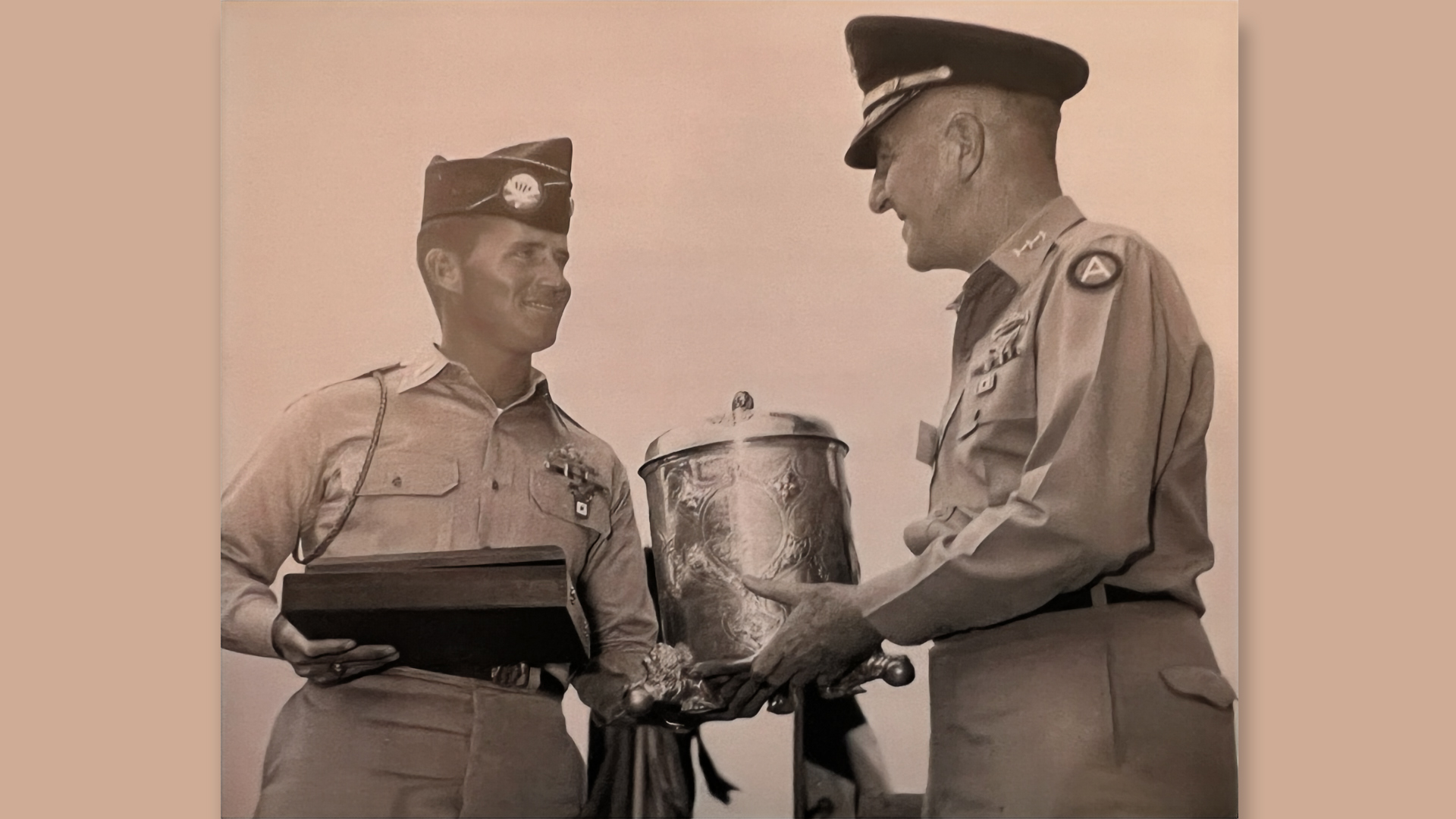
Highlights outside of the Army circle included a Leech Cup record by Air Force shooter Paul Stapper with a 100-18V and a fourth women’s title by Miralotte Ickes.
1960 National Matches Fact
A “1600 Club” was established in 1960 for smallbore shooters who fired a 1600x1600 for any aggregate comprised of 40 shots each at 50 yards, 50 meters, 100 yards and the Dewar Course. A “250 Club” was also set up for high power rifle shooters who fired possibles over the National Match Course.













